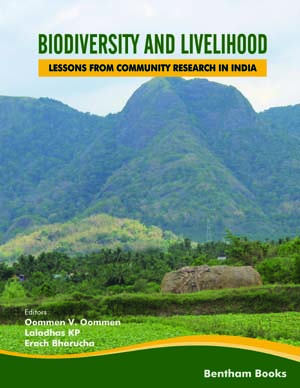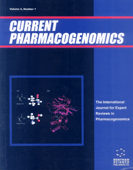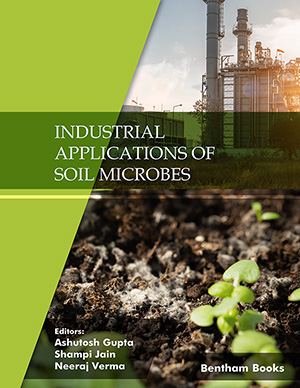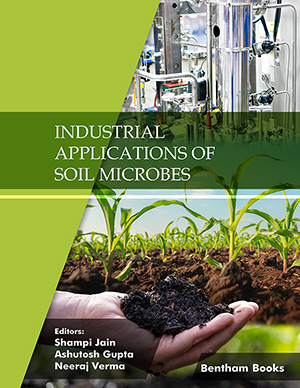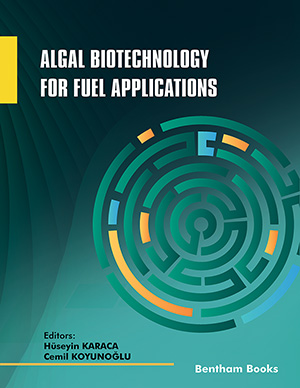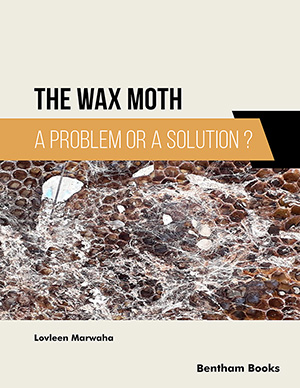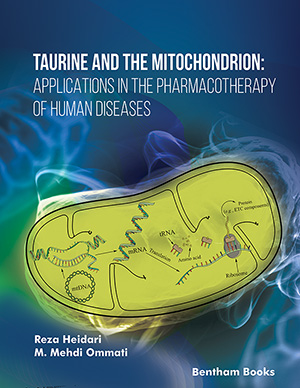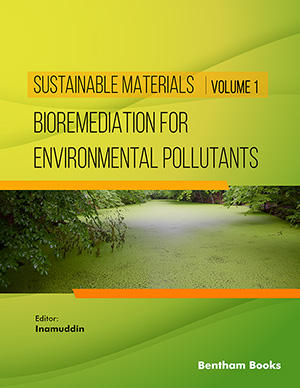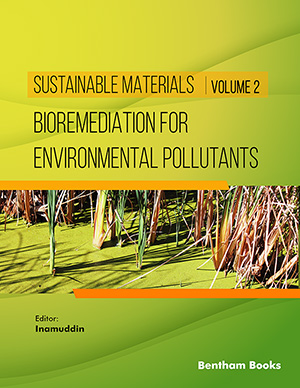Abstract
Biodiversity sustains human civilisation as it is intricately related to the supply of all the ecosystem services that underscore human well-being. The connotation ‘human well – being’ denotes amongst other things ‘security’ that entails security to ‘resource access’ and ‘adequate livelihoods’- as basic materials for a good life. However, the benefits of growth and development accruing from our natural resources need to be distributed equitably amongst the ‘people’ without damaging the ‘ecological health of the planet’ to achieve the goals of the sustainable development (2015) at the global level.
Though cities are proficient means of spatial organisation that provide shelter and livelihood to a large number of people and have developed into foci of innovations and economic growth they have been inept of taking care of nature due to their exhaustive and unsustainable consumption pattern. They are intense hubs of energy and material consumption that emanates massive wastes damaging environmental health and, in turn, biodiversity.
The answer to this dilemma lies in the Mainstreaming Biodiversity into the city planning and management which will balance biodiversity and development. Mainstreaming or including biodiversity into urban planning is imperative as cities draw numerous ecosystem services at local, regional and global scales. However, this expression ‘mainstreaming’ warrants a clear understanding of the jargon itself and the instruments that will enable integration of the same.
In this paper, an attempt has been made to explore the diverse instruments that are available at the global, national, subnational and local levels for biodiversity conservation and management and urban planning processes. The idea is to explore the interface that exists between the instruments of the two spheres and create a convergence between the processes of urban planning and biodiversity conservation.
Keywords: Biodiversity planning, City planning, Development planning, Ecosystem service.


